In the unlikely event of a nuclear accident at the nuclear power stations at Daya Bay, what countermeasures should be taken by the HKSAR Government?
To cope with the unlikely event of a nuclear accident at the nuclear power stations at Daya Bay, the HKSAR Government has prepared a comprehensive "Daya Bay Contingency Plan (DBCP)". All bureaux and government departments have specific roles to play in accordance with the DBCP. The public should pay attention to announcements about what to do from the radio, TV and the Security Bureau's DBCP website.
Countermeasures stated in the DBCP are interventions to be taken to protect the public against exposure through plume exposure pathway or ingestion pathway.
Plume exposure pathway countermeasures
As concluded in a consultancy report on the environmental aspects of the Daya Bay nuclear power stations for the HKSAR, plume exposure pathway countermeasures would not be required in Hong Kong in any design-basis nuclear accidents at the nuclear power stations due to their distances from the urban areas of Hong Kong. However, to ensure that Hong Kong people are protected, these countermeasures are still included in the DBCP to deal with any unlikely event of a serious, beyond design-basis, nuclear accident. The plume exposure pathway countermeasures are:
Evacuation or sheltering
This applies to Ping Chau and the waters of Mirs Bay within 20 km of the nuclear power stations.
Monitoring of persons arriving in Hong Kong from areas within 20 km of the nuclear power stations
Monitoring is the process of checking contamination levels and removing external contamination by showering. Monitoring Centres (MCs) will be set up at designated swimming pools. Persons who cannot be completely decontaminated by showering at the MCs will be sent to Emergency Radiation Treatment Centres in designated hospitals. Apart from people arriving through the boundary, evacuees from Ping Chau and Mirs Bay will also be screened to ensure that no person possibly contaminated will be overlooked.
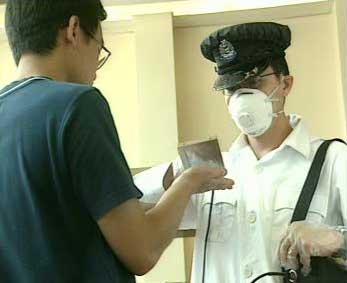
Monitoring of persons arriving in Hong Kong from areas within 20 km of the nuclear power stations
Monitoring incoming cargo (except foodstuffs and livestock)
Special boundary control measures will ensure that contaminated cargo is prevented from entering Hong Kong.
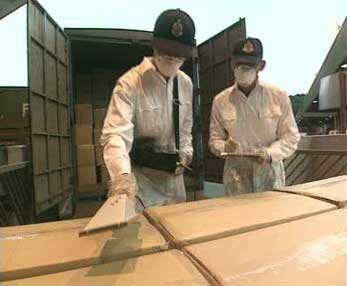
Monitoring incoming cargo
Administration of stable iodine
The taking of stable iodine tablets helps prevent the take-up of radioactive iodine by persons exposed to the plume. This would only be required for those having contact with the radioactive plume or found contaminated during the monitoring process and, possibly, as a prophylactic measure, for those involved in the evacuation of Ping Chau and Mirs Bay.
Ingestion pathway countermeasures
Control of food
Food imported from within 50 km of the nuclear power stations will be monitored at the boundary and other entry points for contamination. Food with radiation levels exceeding the Codex Alimentarius Commission (CAC) Guideline Levels* will be returned to Guandong. The same standard will be used for the control of food produced in Hong Kong.
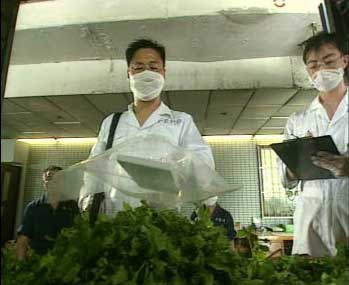
Control of food
* Codex Guideline Levels for Radionuclides in Foods Following Accidental Nuclear Contamination for Use in International Trade (www.codexalimentarius.org ). The prevailing CAC Guidelines Levels for I-131 and Sr-90 in food are 100Bq/kg while those for Cs-134 and Cs-137 in food are 1000 Bq/kg.
Control of livestock
Control of livestock, whether imported or locally reared, will be exercised after slaughter; the same standards as for other foodstuffs will be used.
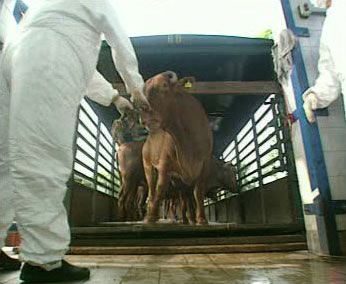
Control of livestock
Control of water
It is most unlikely that the control standard for water would be approached let alone exceeded in a nuclear emergency at the nuclear power stations. If it were, then the raw water supply from Guangdong would be suspended until its radiation level fell below the standard, when it would be resumed. Water Supplies Department would take steps to ensure that non-contaminated or least contaminated sources were used preferentially.
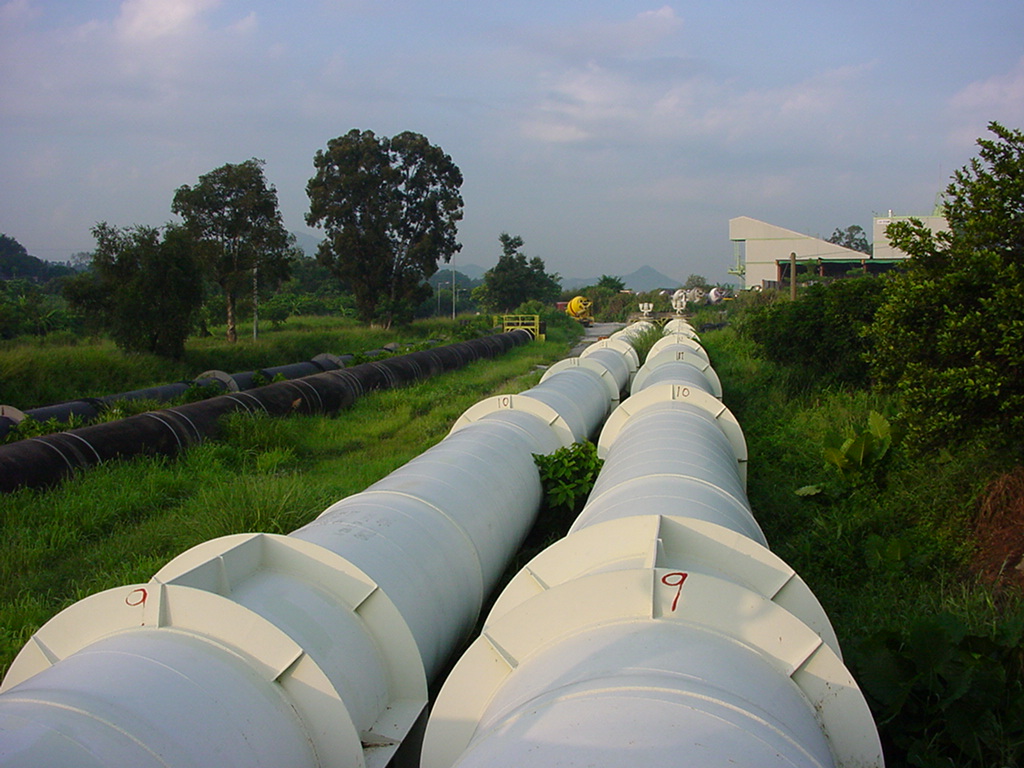
Control of water
For more details, please visit the Security Bureau's DBCP website .